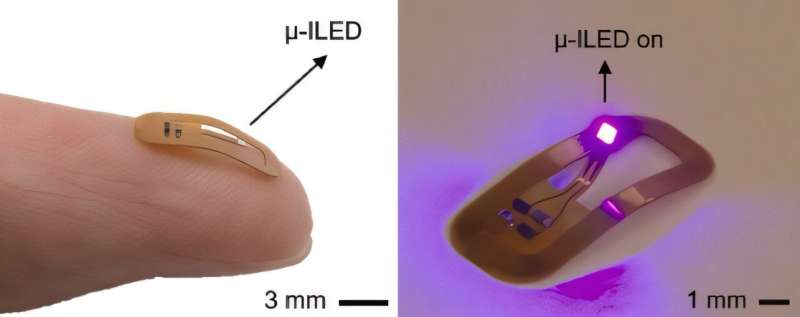This new device has demonstrated its efficacy in the treatment of pain in a study with a photosensitive molecule derived from morphine, one of the most widely used opioids, because of its great analgesic capacity.
The study, carried out on animal models, opens up new perspectives on the design of safer, more effective and customizable analgesic treatments—especially in the context of chronic pain—without causing the adverse effects derived from the use of opioids (addiction, dependence, etc.).
The paper is published in the journal Biosensors and Bioelectronics.

